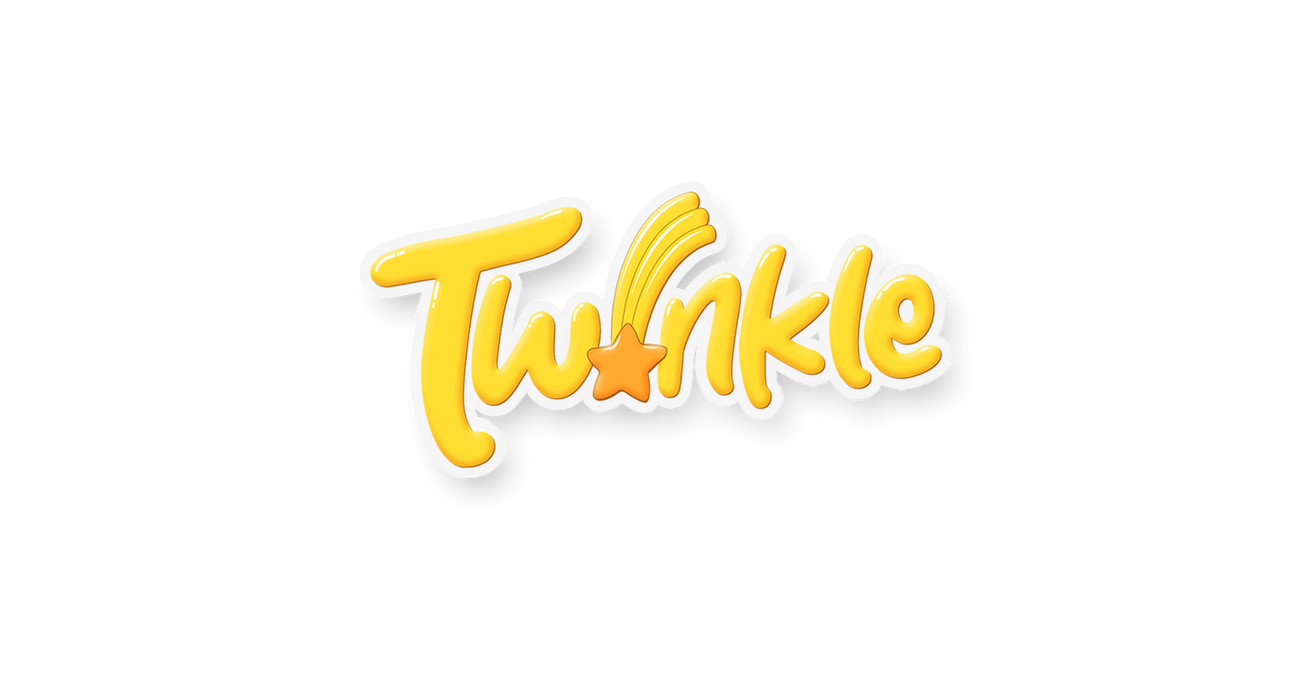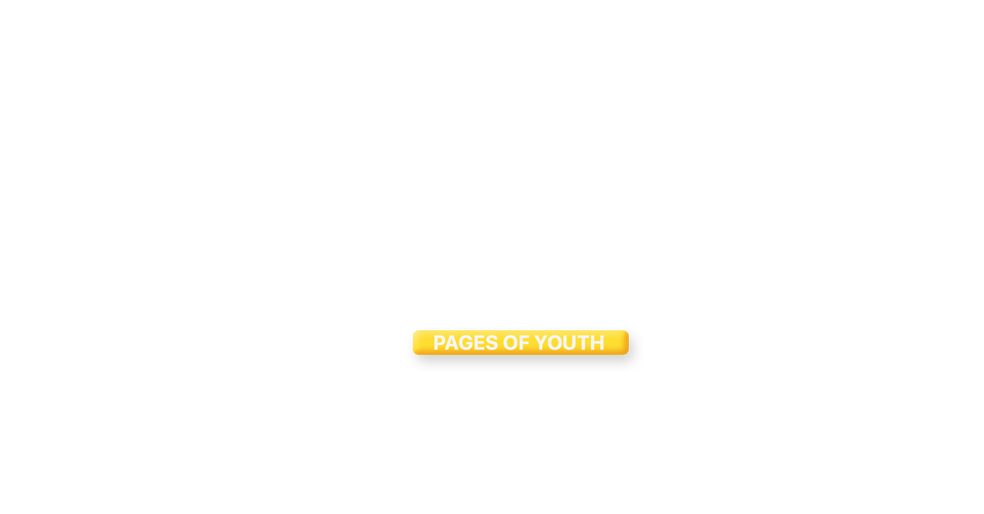Behind the Screen: The double-edged sword of online learning channels
BY JHON ALMARK DELA CRUZ | NOVEMBER 21, 2023

Illustration: Kenneth Teston
Children can learn a great deal from using media platforms as an educational tool. With this, parents must be wary of the lurking dangers that could disrupt their child's mental, behavioral, and social well-being. Now, what really is the yin and yang of online learning?
YouTube, according to Pace and Ohio State University, is the most preferred app for kids ages 3-8 to watch learning content videos. It is visible in how parents used it as a way of entertaining their children at an early age.
Grade 2 student Roan Angelo Cruz from Bulacan was hailed as his school’s “Best in Math'' student after learning through YouTube. Introduced to the app at one year old, the seven-year-old kiddo developed his love for mathematics from watching videos on the platform, said Angelica, his eldest sibling.
He especially loves to watch the contents of children's channels Numberblocks, Alphablocks, and Colourblocks. While the platform seems to be beneficial for Roan, it might not be the same for other children immersed in using YouTube for learning.
A 2018 study by K.G. Orphanides suggests that drawbacks come along with over-dependency on video-sharing websites for online learning. But, which is which?
Cognitive: Improving or Twisting Minds?
Achieve advanced learning. Early intellectual development could be attained by children as early as 1 to 3 years old. Kids can be introduced to learning shapes, numbers, and even pre-social lessons on various kid-friendly YouTube channels, including CoComelon - Nursery Rhymes, Sesame Street, Netflix Jr., and Nat Geo Kids to name a few.
Absorb false and misleading pieces of information. Estimates suggest that there are 2,250 videos uploaded every minute on YouTube. With this much content uploaded, it can be challenging for guardians to ensure the quality and accuracy of the information that they let their children consume, as they can be exposed to misleading and false information which can be dangerous for them in the long run.
Behavioral: Building or Muddling Behavior?
Show well-rounded traits in the way they socialize. Angelica admitted that they rely on YouTube as Roan’s academic guide because they simply couldn’t do the teaching that the platform does. No one in the household could teach him in a way that he could focus, learn, and be interested all at the same time as YouTube.
Kids can be taught a lot of life-building lessons by watching video content from YouTube. Child-friendly YouTube channels like Sesame Street teach kids empathy and self-awareness in their episodes. These lessons can be applied in their daily interactions with family, friends, and strangers.
Manifest vulgar or inappropriate social etiquette. On the contrary, kids may also exhibit problematic behavior if left unguided. There are thousands of unrestricted YouTube videos showing violent and explicit content that may still be accessible to kids which they may tend to mimic. Cyber policies may have been imposed on these media platforms, but there are still contents that can be shown to children without warning.
Social: Cultivating or Destroying Connections?
Discovering like-minded communities. In 2017, YouTube was proven to be a platform that could raise awareness, form a sense of belongingness, and foster genuine support among its users. This may lead children to learn more and accept unfair taboos that society has deeply set. They might find understanding in how to interact with marginalized communities like the LGBTQIA+, and mentally challenged individuals among others.
Embody unhealthy social comparison. However, they might also adopt a social comparison lifestyle which might damage their self-esteem and cause them to develop social-related disorders. They might develop a sense of false reality from following various influencers without proper guidance.
Physical Health: Wellness or Digital Danger?
Access to health promotion videos. With its diverse content available, YouTube has also been a channel for promoting physical activity. Kids can learn how to do safe, child-friendly exercises which they can adapt until they become adults. A lot of health groups broadcast health-related content like eating habits, diseases, and physical exercises.
Disrupt sleep. Kidshealth.org claimed that children from 1-13 years old need 10-14 hours of sleep daily. But spending too much screen time watching videos from YouTube can make this impossible to achieve. Inadequate sleep among children may affect everything from their mood to their cognitive function to their immune system.
These are just some of the pros and cons that can be observed when using an online tool for a child’s learning needs. The rise of YouTube as an educational platform alone has become an increasingly essential tool in boosting children's way of learning; one that goes beyond the four sides of our classroom and one that is capable of being accessed almost everywhere.
Media platforms, like YouTube, are responsible for improving cyber policies dedicated to prioritizing child safety and imposing stricter regulations for explicit content. But be reminded that parents and guardians have the heavier responsibility of filtering information that will be consumed by their children, as being the closest to them upon learning online.
Lastly, each child has a unique way of absorbing information, so it’s important to be more empathetic to their learning needs and be more undaunted to explore new ways to learn. In doing so, we are also learning more about how to be a better and more effective guide or parent for them than relying on online.
Read: Escaping the Digital Realm: A guide to managing kids’ screen time


